In 2015, British writer Laline Paull published her debut novel The Bees,
a science-based allegory tackling themes of social hierarchy, identity,
climate change and motherhood, in which the actions of a renegade
worker bee are both gripping and universally relatable.
Paull released her second novel, The Ice,
an environmental thriller set in a not-so-fictional future in which the
Arctic has melted, last May. We caught up with the author before her appearance at Lit Fest
this month to learn more about her writing process, the untapped power
of science fiction to drive social change, and it how was easier to
write from the perspective of a bee than a conflicted British
businessman.
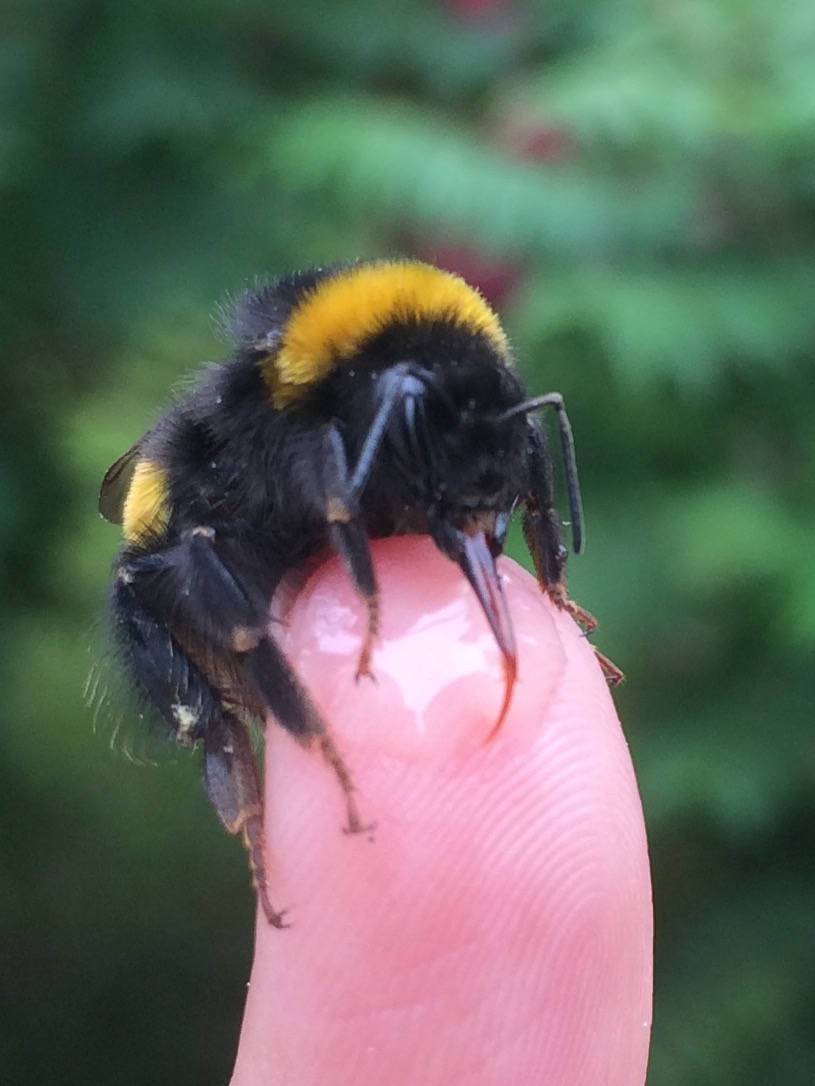
The Bees was acclaimed for its realistic use of science in the depiction of the beehive, and your new novel The Ice
is peppered with real research about the Arctic. In what ways has it
been more difficult (or easier) to craft a fictional narrative while
keeping much of the story scientifically accurate?
You know
that expression, 'The truth is stranger than fiction?' I believe that,
and I find that even very little research yields the most extraordinary
facts. Some readers of The Bees start out a bit cynical about
the apparently fantastical direction of the story, so they stop reading
and do a bit of research online.
They’re interested enough
in bees to want to fact check my research. So when they find out it’s
accurate, they’re hooked, because they know they can relax into a very
weird story that is actually based in good science.
So in
answer to your excellent question of how to craft fiction while
retaining scientific accuracy, I’d say that had I ever thought this was
what I had to do, I’d have shied away, because it sounds so hard! Two
books in, I’ve come up with a launch process: Something hooks my
interest because it’s important and true in the real world, and it
sticks in my imagination like sand in an oyster.
I keep
turning it over and considering it, and it becomes bigger and bigger in
my mind. I start searching for patterns and links, at which point my
husband tells me I’ve become obsessed, and I know I have a book on the
go.
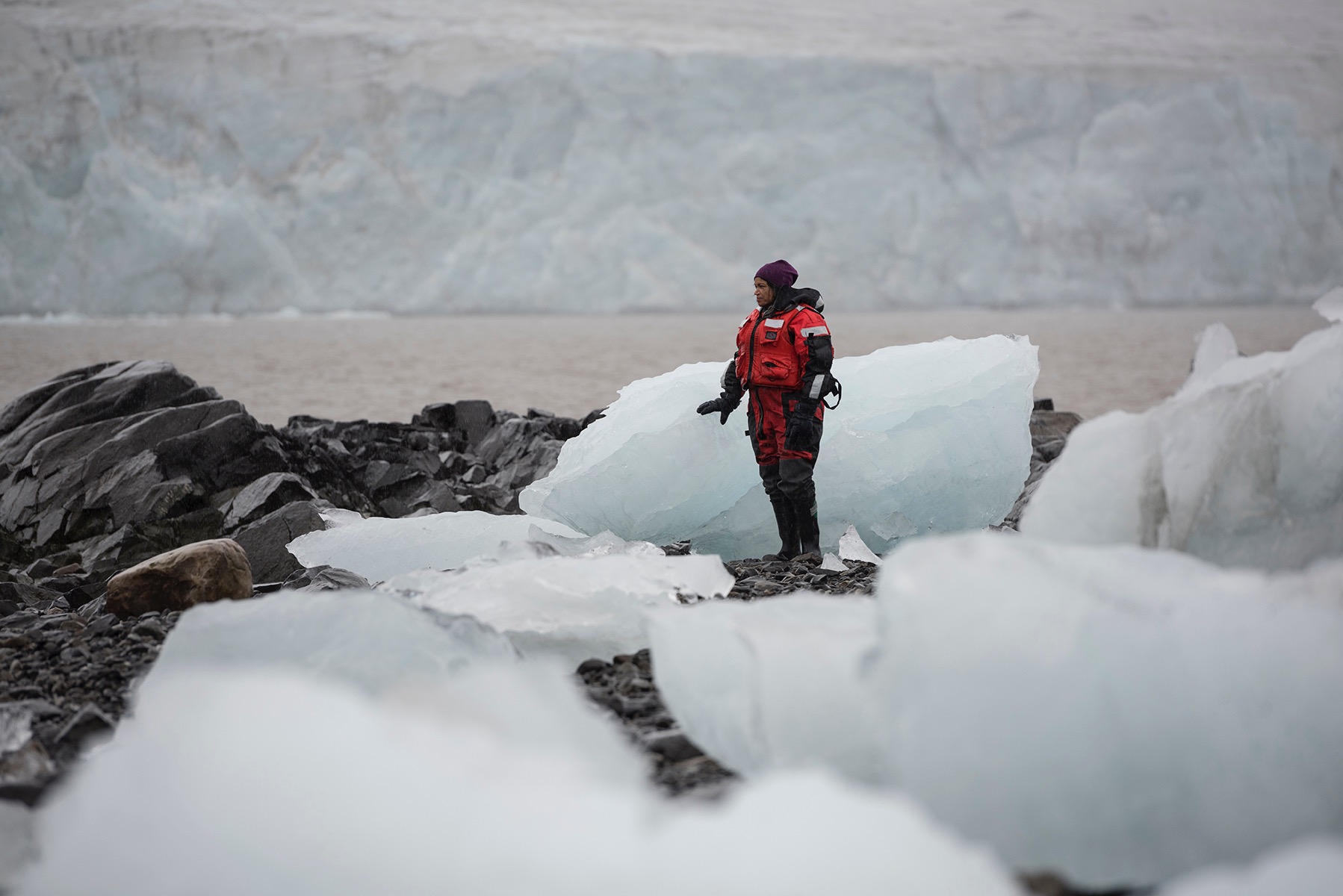
Paull during her Arctic trip
You’ve
spoken about how your late friend’s beekeeping inspired your first
novel – was there another important moment or event that sparked your
interest in the Arctic for your second novel, The Ice?
Yes. I can’t explain it logically, but I’ll tell you. It was in 2013. I’d written The Bees,
but at that time I didn’t even have an agent, let alone a publisher.
I’d been up all night because all three of my children had a really
nasty virus, and I was sitting at the kitchen table exhausted and just
gazing at the internet the way you do when you’re just too tired and you
get stuck to your screen.
Suddenly, I found I was looking at
pictures of glaciers and polar bears, and clicking on stories of people
who had been killed by polar bears, which led me to Arctic explorers of
the past, and then to climate change and more pictures of the ice. I
had this very strong feeling that I wanted to go to this place I was
looking at, which turned out to be Svalbard, the Norwegian archipelago
that is the closest inhabited land to the North Pole.
I clicked on a small-ship cruise going there that summer, and then almost beyond my control (and remember, I’m sitting there in my dressing gown after a sleepless night) I had my bankcard out, and I’d booked it.
Fast-forward
to the summer, and my husband and I were on the deck of a ship. I saw a
glacier calving, beautiful and terrible as an explosion. I heard the
ice moving around the ship like some strange otherworldly music. When
the voyage was over, I knew I hadn’t seen enough, I didn’t know enough,
and I started to seriously research the Arctic.
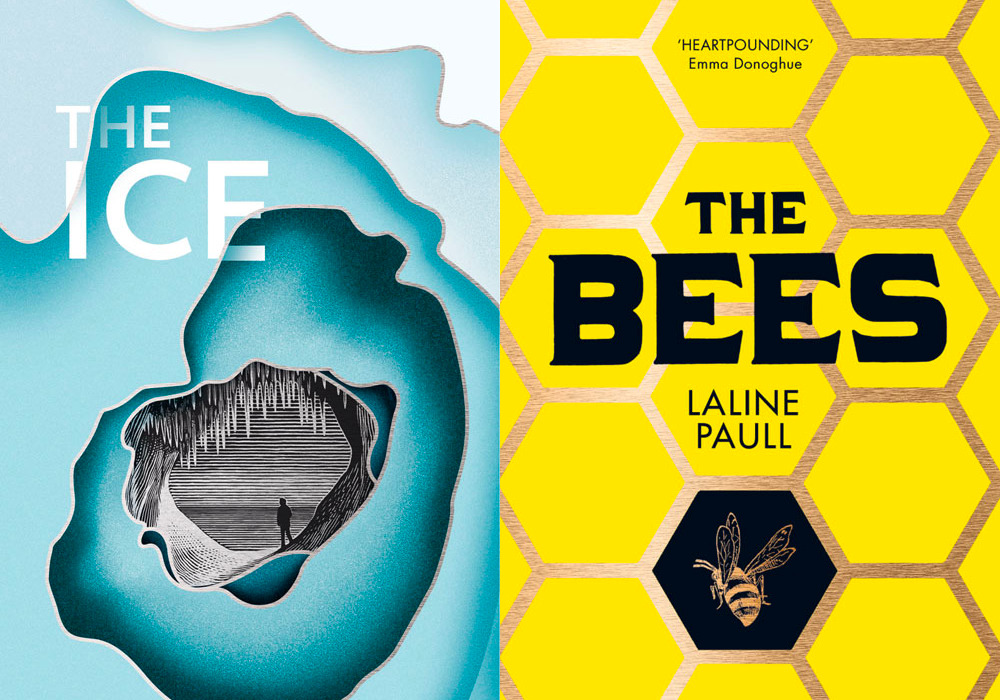
What differences did you run into when writing your human characters in The Ice versus the bee characters in The Bees?
To
me, setting a story in a beehive didn’t seem at all strange, but I
accept that it’s not a usual location, or cast of characters. The
protagonist of The Bees is a laying worker from the
lowest caste of her society, and like all her thousands of sisters, she
is supposed to be sterile, because only the queen may breed.
When
she discovers forbidden mother love and must hand her child over to be
killed, she finds she can’t do it, because mother love is stronger than
any law of any land, and we all know it. So Flora717, this
fertility-criminal, was for me an easy character to identify with. I
wrote her from the heart. And I wrote wasps and spiders and flowers, and
it all seemed normal.
But to write a venal, psychologically
conflicted British businessman who buys a piece of the Arctic and gets
himself into serious trouble – that was another story. Because when you
write someone whose motivations are mixed; when he’s hiding things from
himself and realizing he’s been living a lie, it makes him a much more
troubling character than a heroic mother whose heart is clearly in the
right place.
Both of your books
have made use of allegory and metaphor to illustrate environmental and
societal problems. Why is this literary technique valuable for raising
awareness compared to more straightforward news coverage or advocacy?
Caring
about one fictional bee can change how a reader sees their world. The
onslaught of news, images, sound, data and facts and horrors hits us day
and night, and we get overwhelmed and confused and – in my case all too
often – have to switch it all off.
This can lead to living
in a protective cocoon where the only things we care about are those
things that won’t hurt us. And this leads to a compassionless society.
Not because individual people don’t have compassion, but because we have
to function, and we can’t do that if we’re absorbing the pain of the
world, the magnitude of climate change, the statistics about animal
extinctions, and so on.
But stories get through. Stories are
personal, and when you read a novel, if it’s any good, if it has any
psychological truth and if that truth is backed up by good research,
then you can open up. If the novel is great, rather that just good, you
won’t have the choice. It will open you up and make you feel and it will
empower you.
"Caring about one fictional bee can change how a reader sees their world"
Science
fiction is often sidelined by the literary establishment as less worthy
of critical examination than other types of literature. Why do you
think it deserves more attention?
I have absolutely no idea
why there is a whiff of snobbishness about anything perceived as
‘science fiction,’ but I do think you’re right. As technology develops
and changes our lives and how we think (For instance, whose attention
span and concentration has not been affected by their smartphone?), we
will need stories to rationalize and explore – to comfort us for our
gains and give form to our fears.
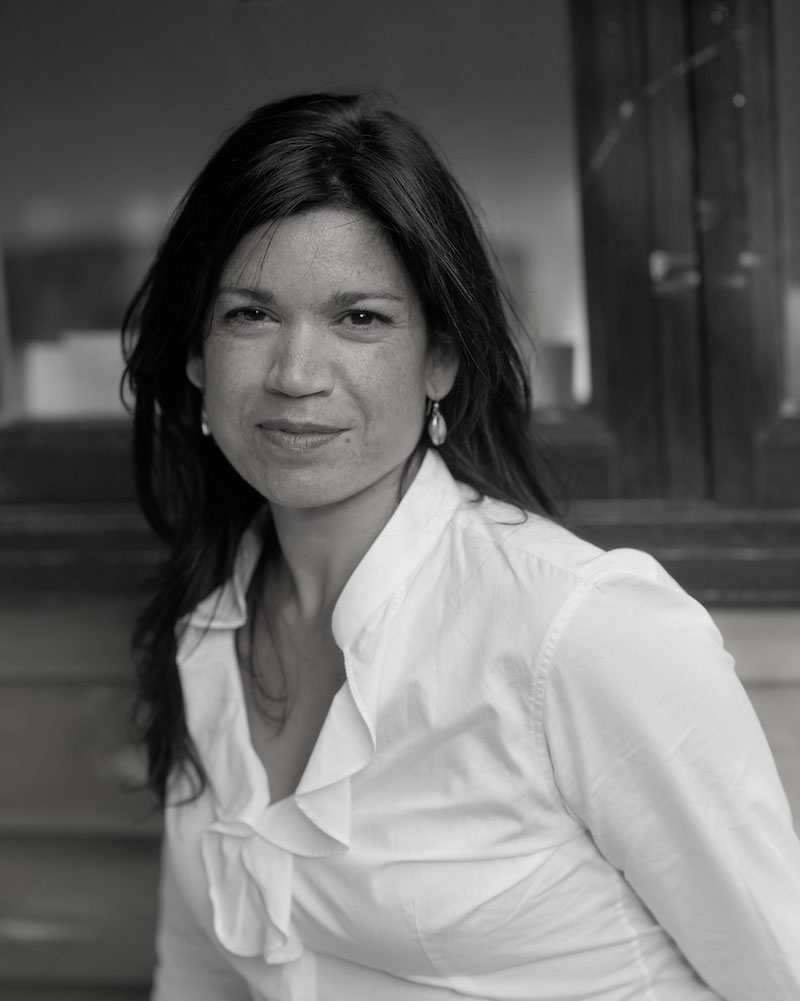
Photo by Adrian Peacock
Could you tell me a bit about your upcoming talk at Lit Fest?
More than likely it will be on the entirely unexpected way that writing The Bees and The Ice
have changed me as a person. As a reader, you long for a book that
affects you so deeply that it changes how you see the world. As a
writer, however, I was completely unprepared for how writing novels
about the natural world has affected me.
Mar 17, 4pm, RMB85. Glam, see event listing, get tickets here. The Bees and The Ice are available on amazon.com.







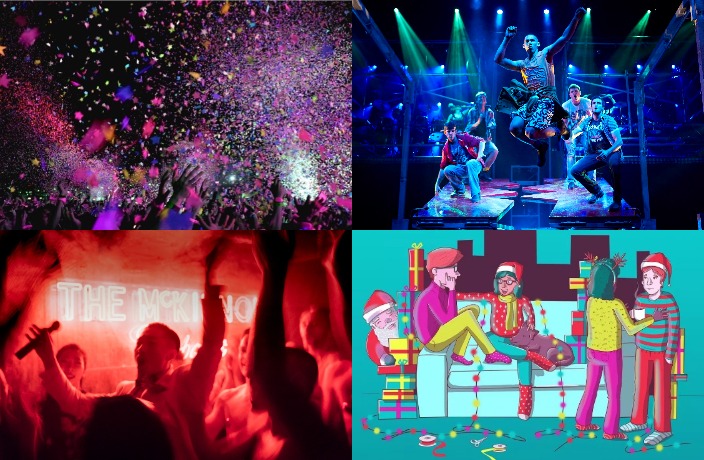














0 User Comments